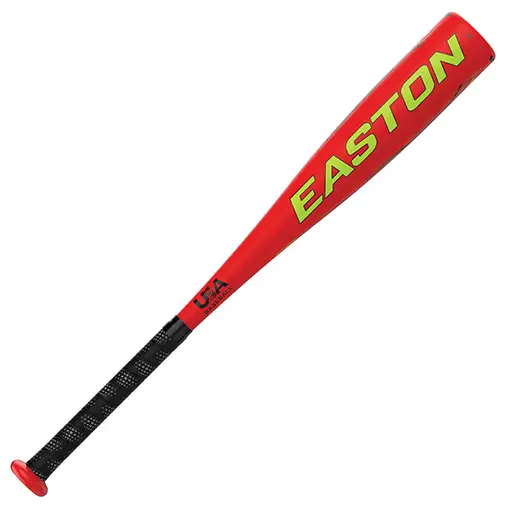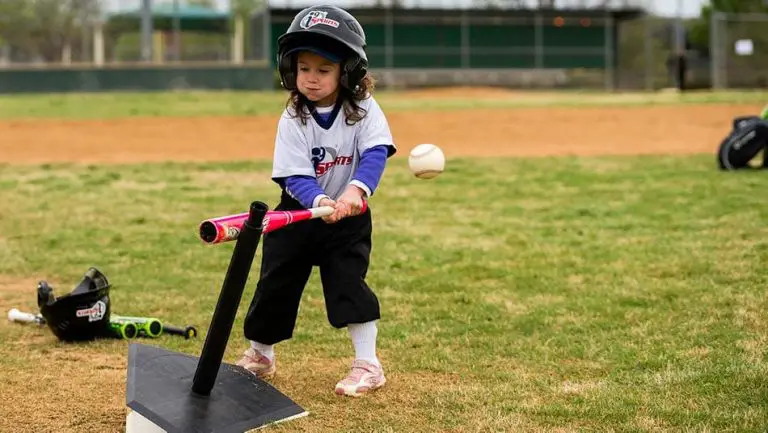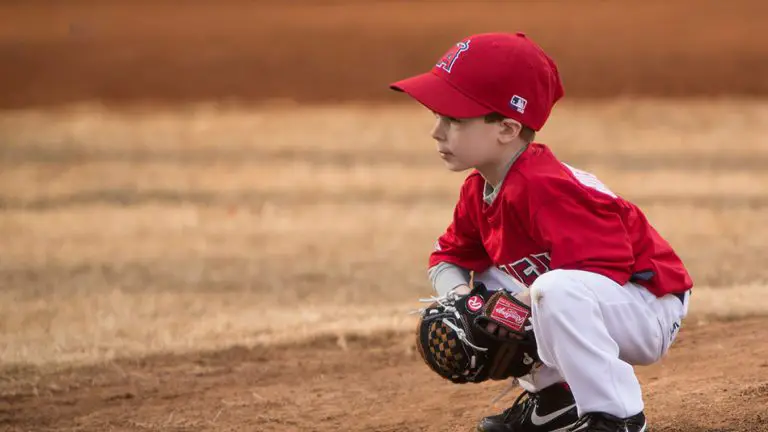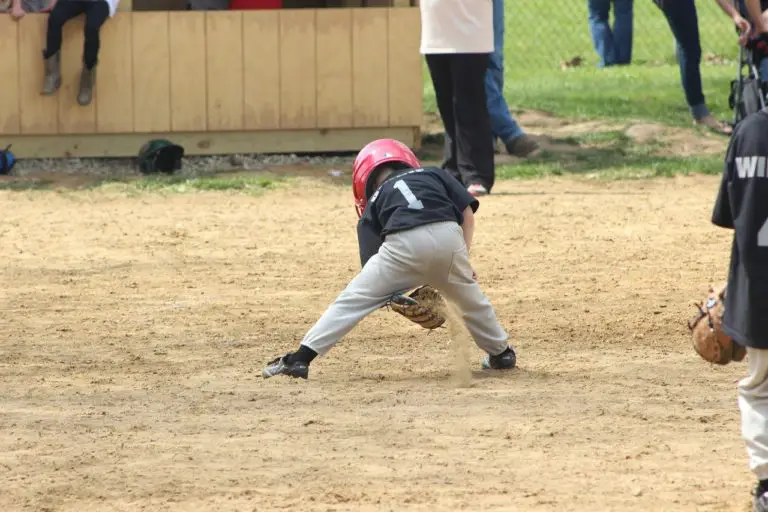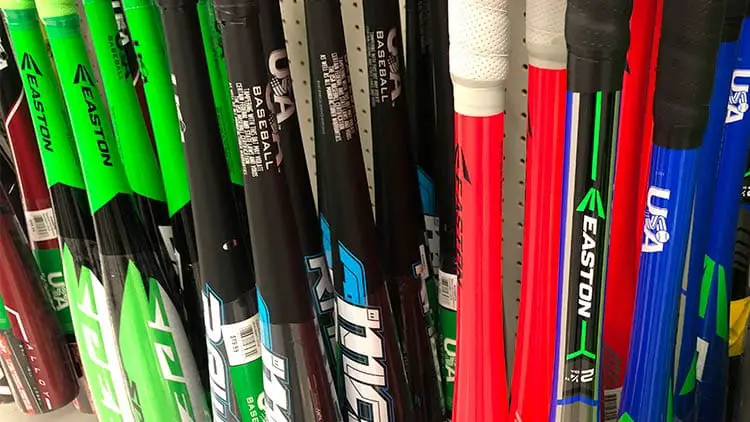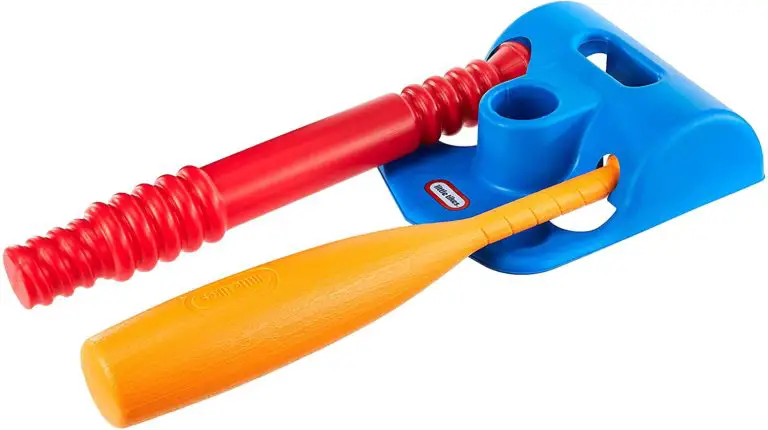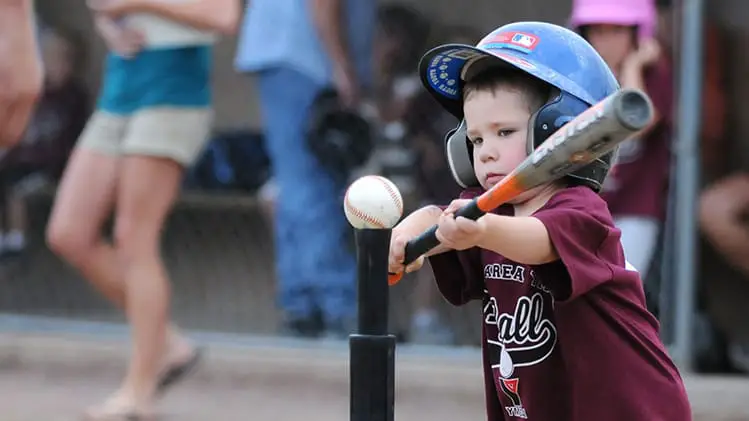Best tee ball drills – Developing Children Through T Ball
Even though tee ball is a child’s sport, tee ball practice drills can be just as intense. To what extent will depend on how the coach carries out each training session. But it is just like any other sport – if any member of the team wants to see any improvement, individually or team-wise, going through individual t ball coaching drills is necessary.
On the other hand, committing to a tee ball team for the summer is a huge decision, especially for children who might have other plans in mind. To have to go through potentially intense T ball drills for 4 to 5 year olds makes it an even greater commitment.
As a parent, the least you can do is ensure that you know what your child might go through a tee ball drill.
Below are fun tee ball drills that are common in every tee ball coach’s book.
Don’t have a tee ball set yet? Read this article where we review the best tee ball sets.
BATTING
The fun T ball drills and games can be sub-categorized into the necessary skills to become better in tee ball.
In this section we will be focusing on batting where coaches plan out different tee ball practice skills that looks to improve the children’s core foundation when it comes to making contact with the ball.
It is one of the more essential skills to work on because this is the skill that breaks down the walls to achieve victory in a game of tee ball.
Belt Buckle Batting
This is a tee ball drill that teaches children where and how to stand in front of the ball, and essentially, the tee. It sounds so easy. Unfortunately, it is not one of the fun tee ball drills because younger children do not understand the concept of where the batter’s box is.
Others are lucky enough to explain it by telling the children that the tee needs to be across their belt buckle, and that there should be a distance of 24 inches between them.
It is the position that will give them the highest chances of being able to hit the ball on the tee. This is the first tee ball drill that children need to master if after they learn how to grip the bat and how to stand in front of the tee.
Equipment that that the player will need includes a bat and a helmet while the coach needs to prepare a tee with a ball set up on it.
Invisible Bat Drill
This is one of fun t ball drills and games, or at least you can try to make it to be, the goal of this tee ball drill is to examine the foundations of every player’s swing.
What you do is ask all the players on opposite sides of the diamond – a group lines up near the first base and another close to the third base. Each player should assume a batting stance, and when you call out ‘Swing’, they will swing the hands without the bat.
This is to demonstrate the pure form of their swing because the bat can be in the way when swinging, especially for children at this age range.
If any corrections need to be made based on your observation, this is the best time to do so. Having solid fundamentals in a child’s swing is necessary to improve their chances of hitting the ball. Also, starting them young ensures that it is ingrained into their body early enough for it to be brought forward if they do seriously consider taking tee ball to the next level.
Most of the times, this means taking up softball, or ultimately, baseball.
Obviously, you would not need any equipment to run this tee ball drill.
Tee Counter
This is one of the more fun tee ball practice drills because it requires the involvement of the team.
For the tee ball drill to strat, the coach must set up one batter while others will act as the fielders for the play. The tee needs to be set up in a way that is most comfortable for the child put in to start as the batter.
Once everyone is in position, the coach will shout ‘hit’ which is a signal for the batter to swing and hit the ball. Once the bat comes in contact with the ball, the fielders will scream ‘one’, and will continue to count for every ball.
This is to provide the batter encouragement which is why it is one of the more fun t ball drills and games among all of the training drill options.
Each batter is given five chances. Once up, the batter will be asked to move to the first base to give room for the next batter to move in.
For the equipment, each player will be required to put on a helmet. The batter will be given the bat with the tee and the ball in front of him, while the fielders will need to have their gloves on.
THROWING AND FIELDING DRILLS
These set of tee ball drills below are aimed at improving the ability of players in throwing the ball. Unlike the batting drills, these skills are necessary to help improve a team’s defense, similar to its role in sports such as baseball, softball, and cricket.
Show the Ball
The goal of this tee ball drill is to develop the fundamental way of holding the baseball. It is important to develop this foundation because it is deemed to be the first step in learning how to properly throw a ball.
This is one of those T ball drills for 4 5 year olds that has the potential to become fun especially when there is interaction with the coach.
Every player participating in the tee ball drill will require a ball and a glove.
To start, each child will be asked to grip the ball properly in their hand. The ideal way of holding it is to have the thumb and the first two fingers grip the bottom and the top of the ball, respectively. Additionally, the two fingers should be slightly apart from each other.
On the other hand, the ring finger and the pinky is used as support as they rest on the side of the ball.
Once a proper grip has been established among the players, the coach starts by calling ‘Show me’. This is the signal for the players to assume a throwing stance – legs apart with the the bakcfoot on the throwing side of the body. Throwing arm is up at shoulder height with the forearm and the bicep forming a 90 degree angle.
The goal of this tee ball drill is to observe the players and for the coaches to make any necessary corrections where necessary because establishing a solid foundation for throwing is necessary to increase the chances of the ball being thrown properly. It is a necessary skill in tee ball, and eventually, in baseball or softball.
One Knee Throwing
The aim of this particular tee ball drill is to help improve a player’s upper body strength and their mechanics when throwing balls without the use of their legs.
For 4-5 year olds to perform these T ball drills, they must have their gloves with them. In addition, instead of the ball that is normally used in tee ball, using a softer ball is best like a tennis ball, for example.
The drill is done while the players are on their knees because the focus is on the mechanics of their upper body while making a throw. It involves having the throwing arm raised along with the elbow forming a 90-degree angle between the forearm and the bicep.
Once a proper throwing stance from the knee has been made, players are asked to turn their bodies towards a specific target. Targets might mean the participation of another player or one of the coaches. A target can also be created if you do not have enough staff to volunteer as a target.
The best advise that a coach can give for this tee ball drill is to make sure that a proper follow through is done. It is an important part of proper throwing mechanics that can sometimes be lost, especially among children.
In fact, a good follow through can help with a throw’s accuracy.
Bounce to the Bucket
Other than a good follow through, bounce to t he bucket is another of of the fun T ball drills and games that can be lined up for the children.
To start this tee ball drill, an essential equipment is a box or a bucket. This is where the children will be aiming their throws at.
The purpose of this tee ball drill is to help improve accuracy.
To start, you can set up the bucket or the box at the 1st base mark, then ask each one of them to throw the balls towards the bucket. Establish a point system. For example, award five points for every ball that goes in the box or the bucket. An added three point for every one that hits the target, and one point for anything that lands close to it.
Maybe give each child five chances before summing up their individual points.
You can put a little bit more incentive by giving out awards to those with the highest scores. It is just a way to make it one of the more fun tee ball drills in the line up.
GAME PLAY DRILLS
These T ball coaching drills are geared more towards actual application in the game. These might include plays that can be called on during the match. To simulate them prior to actual application is necessary to ensure that it is ingrained in them.
By the time they are on the pitch, they can just call on these through muscle memory.
Call the Ball
Speaking of memory, call the ball aims to improve the most important skill in any sport – communication. This tee ball drill develops chemistry between the players by encouraging them to identify which one gets the ball during practice.
To practice this tee ball drill, the team will only need a glove for every player and a ball.
The coach will be asking the children to form two separate lines. Each line will be separated yards apart. In the middle will be the coach with the ball in hand ready to throw a fly ball for a pair of children.
As a coach with the aim to develop the way your players communicate in-game, remind them that when the ball flies, whoever is closest to the ball should call out “I’ve got it” while the other one who is furthest from the ball, should give way.
However, if the one who called out misses the ball, the second one should act as their back up and pick the ball up.
Not only does it develop communication between teammates, but also instills a sense of teamwork in everything that they do in the field.
Base Running
Another tee ball drill developing communication, but this time, it is between the player and the coach as this tries the players’ ability to listen to the instructions that their coach tells them as they approach the first base.
A tee will be set up with a batter across it. Each one will be taking an imaginary swing and start running towards the 1st base. The coach will be waiting and will scream instructions on what they need to do testing if they will listen.
As children, once they see what instruction one was given, they might have the tendency to think that it will be the same all the time. The coach’s job then, this time, is to change the instructions every time to fully test the children’s ability to listen.
Tee ball may be a child’s game most of the time, but it does not mean that the teachings and skills they learn from training stop during tee ball. Some of them can become the very foundation that builds a career in a sport that is more for adults. Others could be applied in real life.
Every single lesson that a child learns early in life can be brought forward later in life. Sports, in particular, has built a reputation that promotes discipline, a competitive spirit yet gracious in defeat.
I'm a sports fanatic and father. I love sharing my love of sports with kids because I truly believe that sports impact the lives of kids like nothing else.

